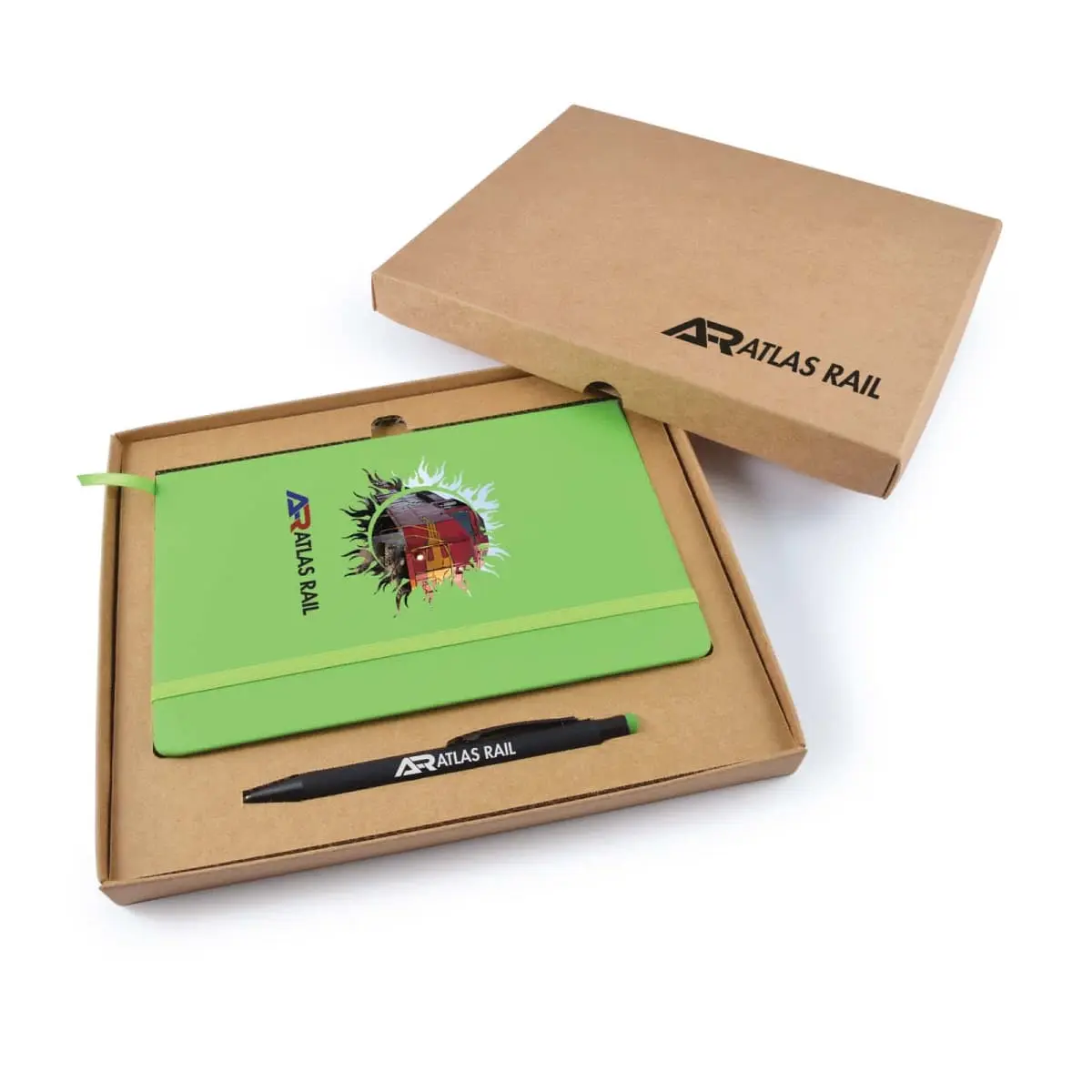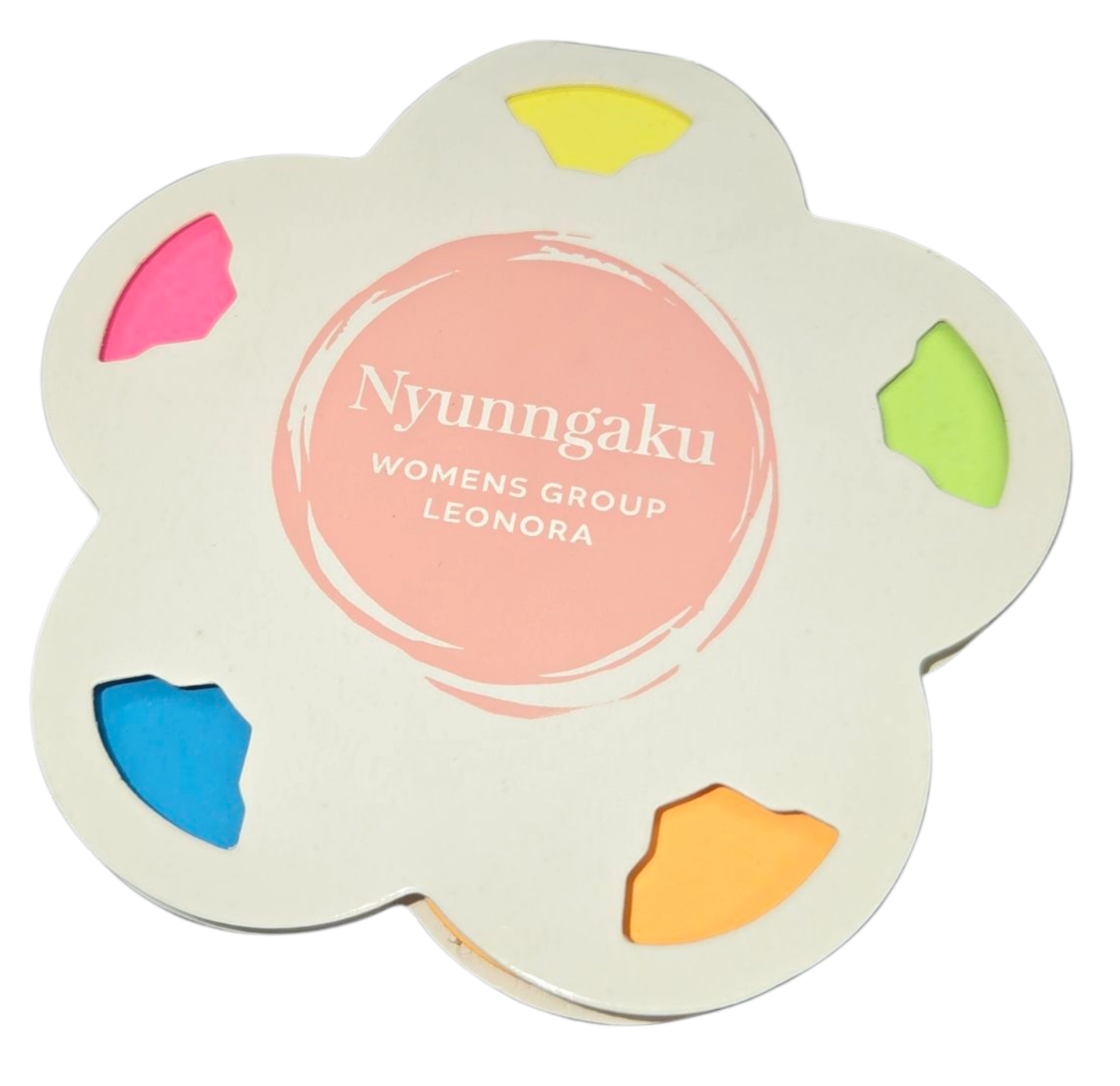10 First Aid Kit Essentials for Workplace Readiness
First aid kits provide immediate, efficient emergency care, bridging the gap before professional medical help arrives. They are crucial for managing various situations, from minor cuts and scrapes to more serious burns, sprains, or sudden illnesses. Having a well-stocked first aid kit on hand can significantly impact the outcome of an emergency.
A first aid kit enables quick actions to prevent infections, reduce severe bleeding, and assist in decontamination. It also stabilizes individuals until they receive further medical treatment. Moreover, these kits empower you to act immediately in crises, fostering preparedness and confidence that can lead to vital outcome differences. Their importance extends beyond the home; workplaces, schools, and public spaces benefit from having readily available first aid kits, highlighting the universal need for readiness in health emergencies.

Top 10 First Aid Kit Essentials
When emergencies strike, a well-stocked first aid kit can save lives. Here are the top 10 essential items and their importance:
1. Plasters of Various Sizes: These protect cuts and scrapes from infection and promote faster healing.
2. Sterile Gauze Dressings: These are used for more extensive wounds. They absorb blood and provide a protective layer that supports healing.
3. Eye Dressings: Protect delicate eye injuries or irritations from further harm with sterile eye dressings.
4. Triangular Bandages: These versatile bandages can support arm injuries, serve as slings, or effectively cover large wounds.
5. Crêpe Rolled Bandages: For sprains and strains, these provide much-needed support and pressure to aid recovery.
6. Safety Pins: Use these not only for fabric tears but also for securing bandages and slings, keeping everything snug.
7. Disposable Sterile Gloves: Prioritize hygiene. Gloves protect both the caregiver and the patient from infections during treatment.
8. Tweezers: Tweezers are precision tools for clean wound care. They can quickly and safely remove splinters and debris.
9. Scissors: These multi-tools cut dressings to size, snip bandages, and free clothing around injuries.
10. Alcohol-Free Cleansing Wipes: These gentle wipes cleanse wounds without stinging, making them ideal for sensitive skin.
Each item in your first aid kit has a specific purpose, making a big difference in emergencies. Ensure your kit is accessible and share its location with everyone. Regularly check supplies, as they can expire. Remember, the best first aid kit is ready for the unexpected.
Common First Aid Myths Busted
Knowing what not to do is as important as the proper steps in first aid. Let’s debunk some common myths:
– Myth: Butter on Burns: Many think butter helps, but cool, clean running water is the best immediate treatment.
– Myth: Tilt Your Head Back for Nosebleeds: This can cause blood to run down the throat. Leaning forward is safer.
– Myth: Alcohol Disinfects Wounds: In reality, alcohol can irritate wounds. Stick to gentle cleansing wipes or distilled water.
Takeaway
First aid kits serve as essential tools for immediate healthcare intervention. They range from plasters for minor abrasions to sterile dressings for significant wounds. Additionally, safety pins secure bandages while scissors cut tape or clothing. These kits symbolize readiness, giving you the confidence to act swiftly in emergencies.
Dispelling common first-aid myths emphasizes the importance of accurate, informed actions. Missteps, such as applying butter to burns or tilting your head back during a nosebleed, can worsen injuries. Understanding the correct procedures, based on science and health guidelines, is crucial for achieving the best outcomes in first aid scenarios.
Ultimately, a well-equipped first aid kit is vital. It embodies readiness in adversity and reflects care and preparedness to serve the wider community. Regularly review and replenish your kit to ensure it is always ready to offer support when the unforeseen occurs. By fostering a culture of preparedness, society moves closer to minimizing the impact of accidents and emergencies, one first aid kit at a time.






